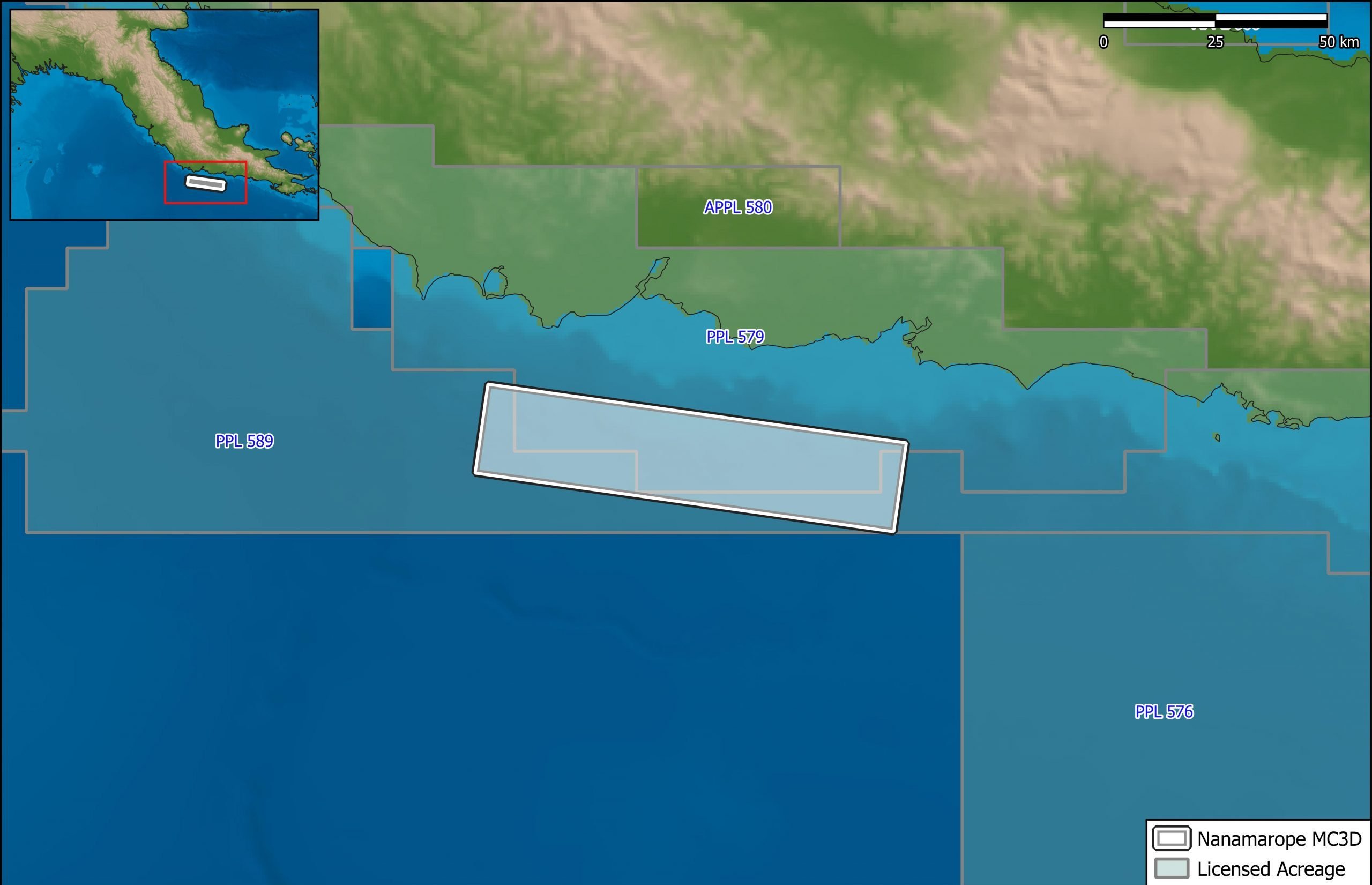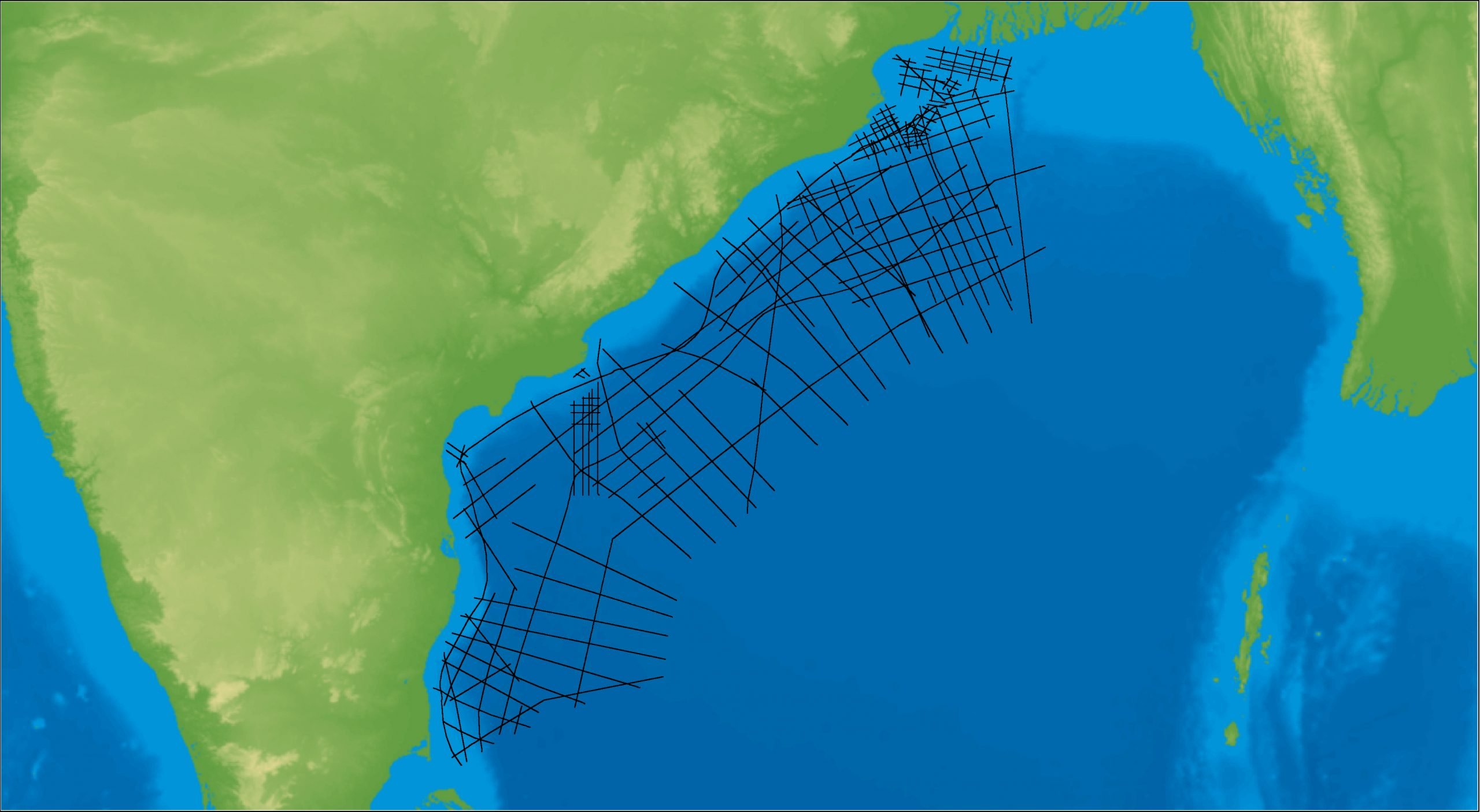The Drop Bear Ultracube 3D Reprocessing consists of approximately 2,600km2 of broadband PSDM reprocessed 3D data in the Carnarvon Basin, offshore Australia.
The vintage seismic survey was originally acquired in 2006 with 8 x 5300m solid streamers, is situated over the present day shelf break, with water depths ranging from 200m to over 1500m. The Tertiary stratigraphy is complex with major erosional channels dissecting the section, creating significant ray path distortion which cannot be adequately addressed with time-domain processing. The detailed velocity model was achieved through 5 iterations of anisotropic tomography, which paired with broadband deghosting, resolved the complex ray path issues and significantly improved the imaging of the Jurassic and Triassic fault blocks.
The improvements in the imaging allow for much higher confidence in assessing the AVO behaviour in even the most complex overburden cases.
In addition to this, inversion was carried out by Ikon Science to improve the interpretability of the seismic data. The type of inversion chosen was a facies-based simultaneous inversion (JiFi); whereby, the partial-angle-stack seismic data are inverted simultaneously to elastic rock properties and a most likely facies model.
The reprocessed DropBear Ultracube 3D data has been able to highlight several recent discoveries at a stratigraphic level, in which no other discoveries in the region had been identified, proving that significant uplift is attainable by applying state-of-the-art technology to historic data.
For more information on the Drop Bear Ultracube 3D Reprocessing, contact us directly.
Project parameters
| Project Size | ~2,600 sq km |
|---|---|
| Key Processing Parameters | Broadband Deghosting 5 iterations of tomographic PSDM velocity updates 3D SRME |
| Deliverables | Final Full Angle Volume (AGC) (in time and depth) Final Full Angle Volume (RAW) (in time and depth) Filtered and Scaled Relative Amplitude Angle Volumes(Near, Mid, Far, Ultra Far) (in time and depth) |
Project partners
TGS & Ikon Science



